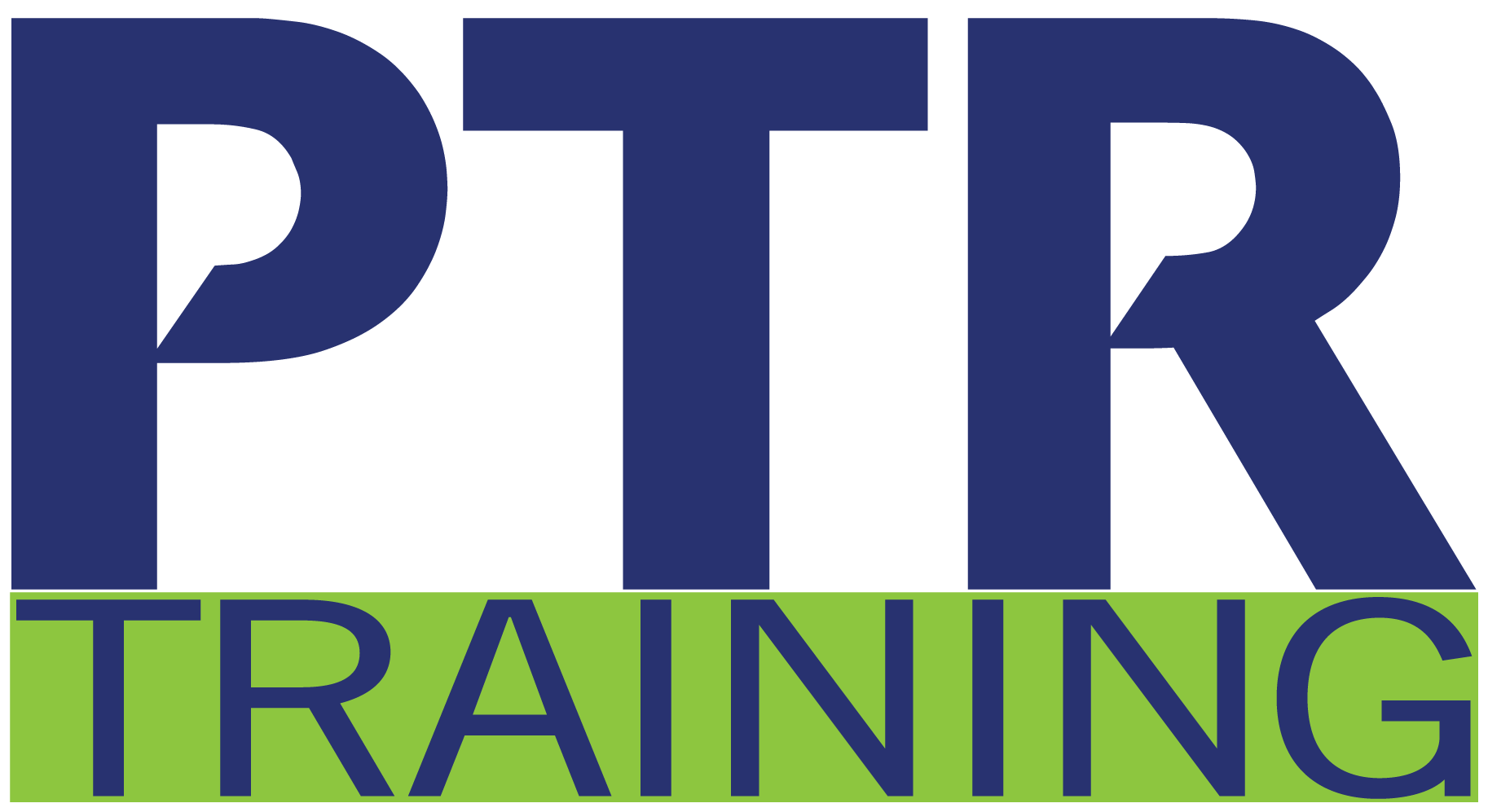Formats: 8-hour virtual course | 2-day instructor-led onsite
Successfully managing a project requires effective planning at every step of the process. Intended for individuals that manage work projects on an informal basis, participants will identify the elements of sound project management and apply the generally recognized practices. In addition, you will learn the underlying structure and aspects of project management, including project phases, project life cycles, stakeholders, and areas of expertise.
Learning Objectives »
- Identify key processes and requirements of PM.
- Initiate a project.
- Use a predictive approach for time and cost.
- Use an adaptive approach to plan a project.
- Plan for risks, communication, and change control.
- Manage the execution and close of a project.
Course Agenda »
Getting Started with PM
- Identify the Characteristics of a Project
- Identify the Project Approach
- Identify the Leadership Roles in a Project
Initiating a Project
- Create a Project Scope/Vision Statement
- Essential Skills for a Project Team
- Identify the Risks to a Project
Time and Cost in Predictive Projects
- Create a WBS
- Creating a Project Schedule
- Determine Project Costs
Planning for Adaptive Projects
- Create Epics and User Stories
- Build a Product Backlog
- Create an Initial Release Plan
- Conduct a Sprint Planning Meeting
- Replanning the Project
Risks, Communication, and Change
- Analyze the Risks of a Project
- Create a Communication Plan
- Develop a Change Control Plan
Managing a Project
- Begin Project Work
- Execute the Project Plan
- Track the Progress of an Adaptive Project
- Report Project Performance
- Implement Change Control
Closing a Project
- Close a Sprint, Release, or Adaptive Project
- Close a Predictive Project
- Create a Final Report


